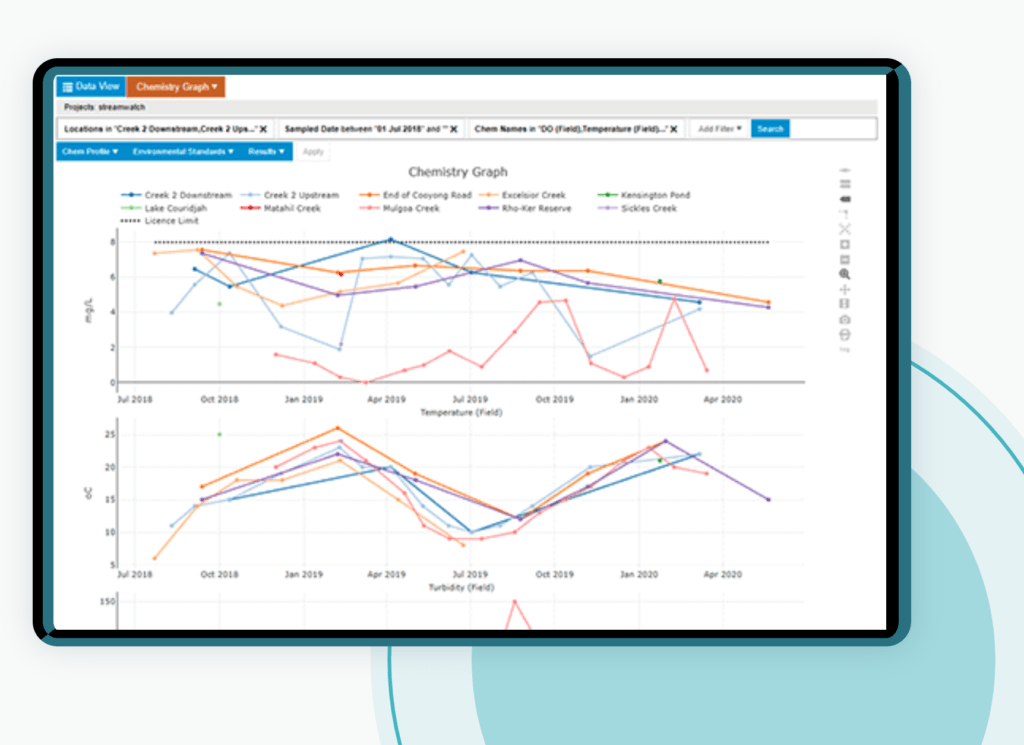Transitioning into the digital era emphasizes the critical importance of effective data management in the environmental industry. Achieving optimal efficiency and seamless workflows requires a comprehensive approach that engages all stakeholders. Disconnections often arise when consultants and industry clients must align their data management methods.
Instead of opting for large, customized solutions, businesses should seek the right tools with the appropriate architecture that integrates seamlessly with existing systems. Like building a house, data governance necessitates careful planning, the right partnerships, and maintaining integrity. Key factors to consider when selecting data management solutions include:
- Lab Service Provider Preferences: Ensure compatibility with your infrastructure, focusing on LIMS integration and data delivery.
- Expertise of Software Providers: Prioritize consultants with practical experience in environmental data management.
- Implementation Assurance: Confirm timely and complete implementation, avoiding crises by ensuring effective delivery.
- Quality over Convenience: Evaluate each component’s quality independently rather than opting for one-stop solutions.
- Functionality over Flashiness: Ensure seamless integration and necessary functionalities within niche environmental sectors.
- Collaboration and Support: Assess the quality of customer service and support, emphasizing user feedback and tailored solutions.
- Trust and Reliability: Choose established specialists with proven reliability and security credentials.
- Evolution and Adaptability: Select companies that evolve processes based on user feedback for continual improvement.
Involving users in the decision-making process enhances usability and talent retention. Breaking down processes into manageable parts and consulting with experts can lead to finding standardized solutions that optimize data governance. Effective communication and precise implementation raise the standards for excellence in data management.
Based on an article by Esma Al-Autman & Kimberley Saflian, EarthScience Information Systems (EScIS)

Related Articles to Optimizing Environmental Data Management
The Efficiency Equation: Assessing Your Data Governance for Improved Workflow Performance.
Enhancing Environmental Data Collection with ESdat Field Programs
Exciting Software Update Unveiled for ESdat Users Worldwide, Elevating Data Management Experience






